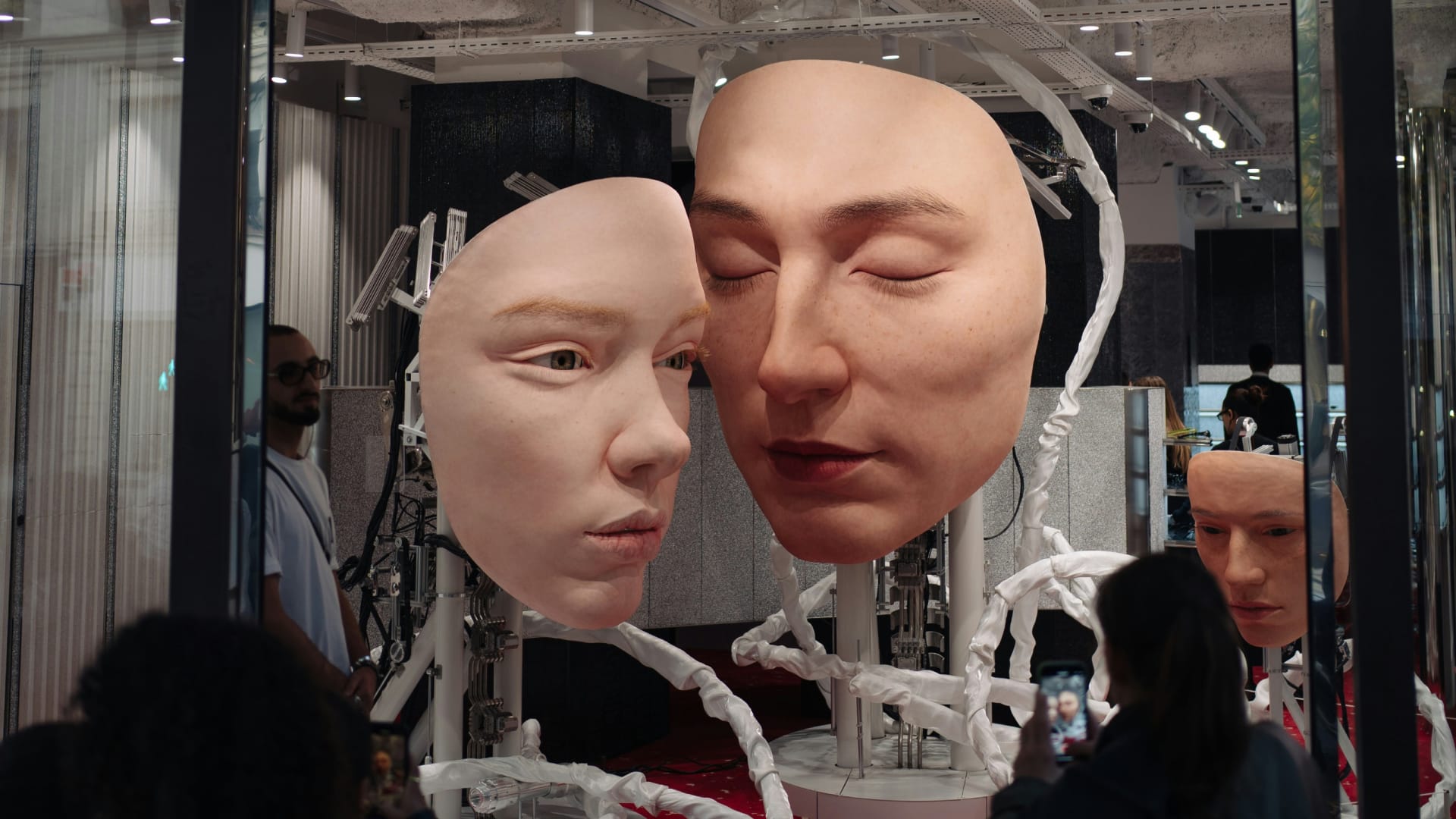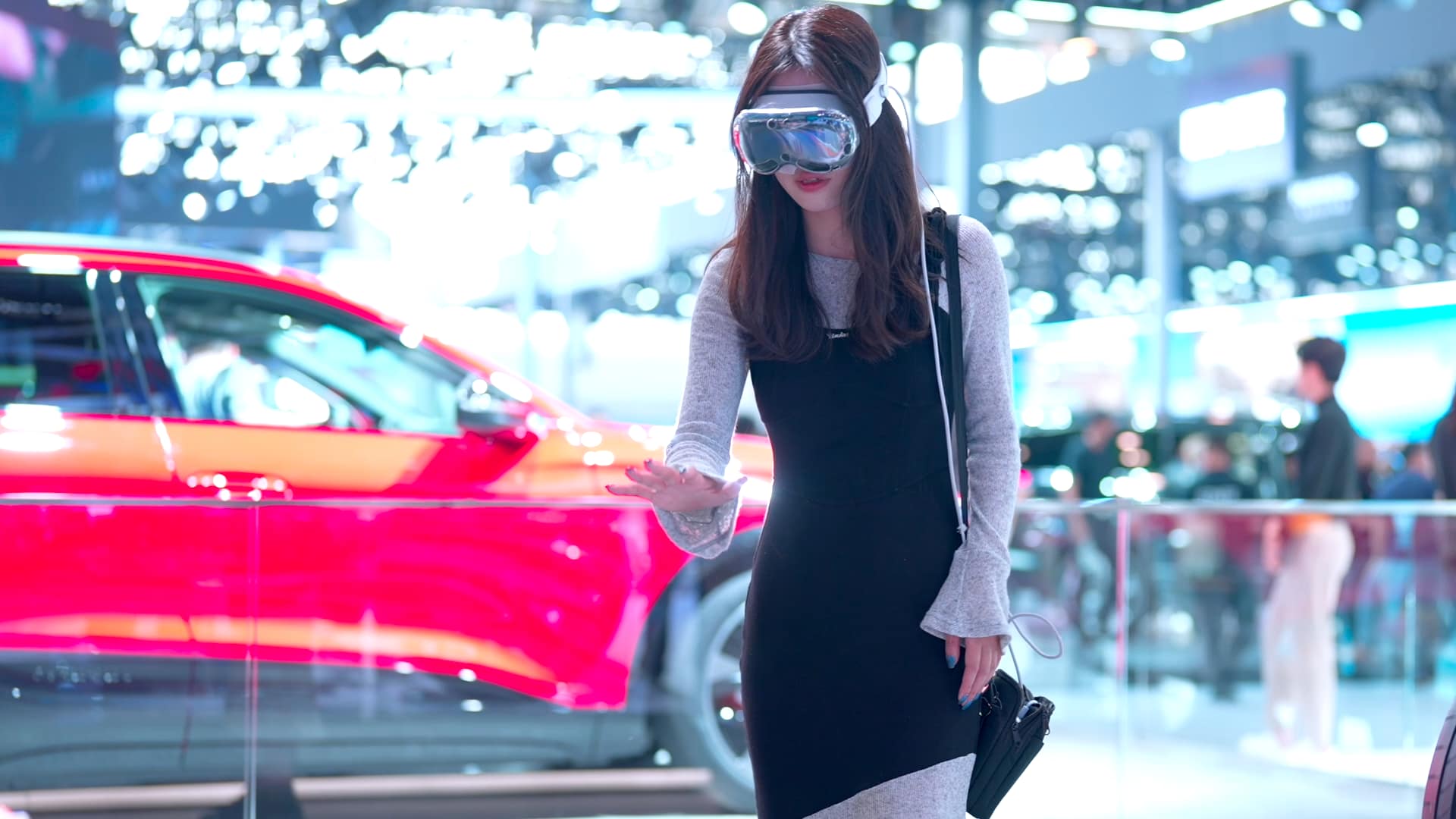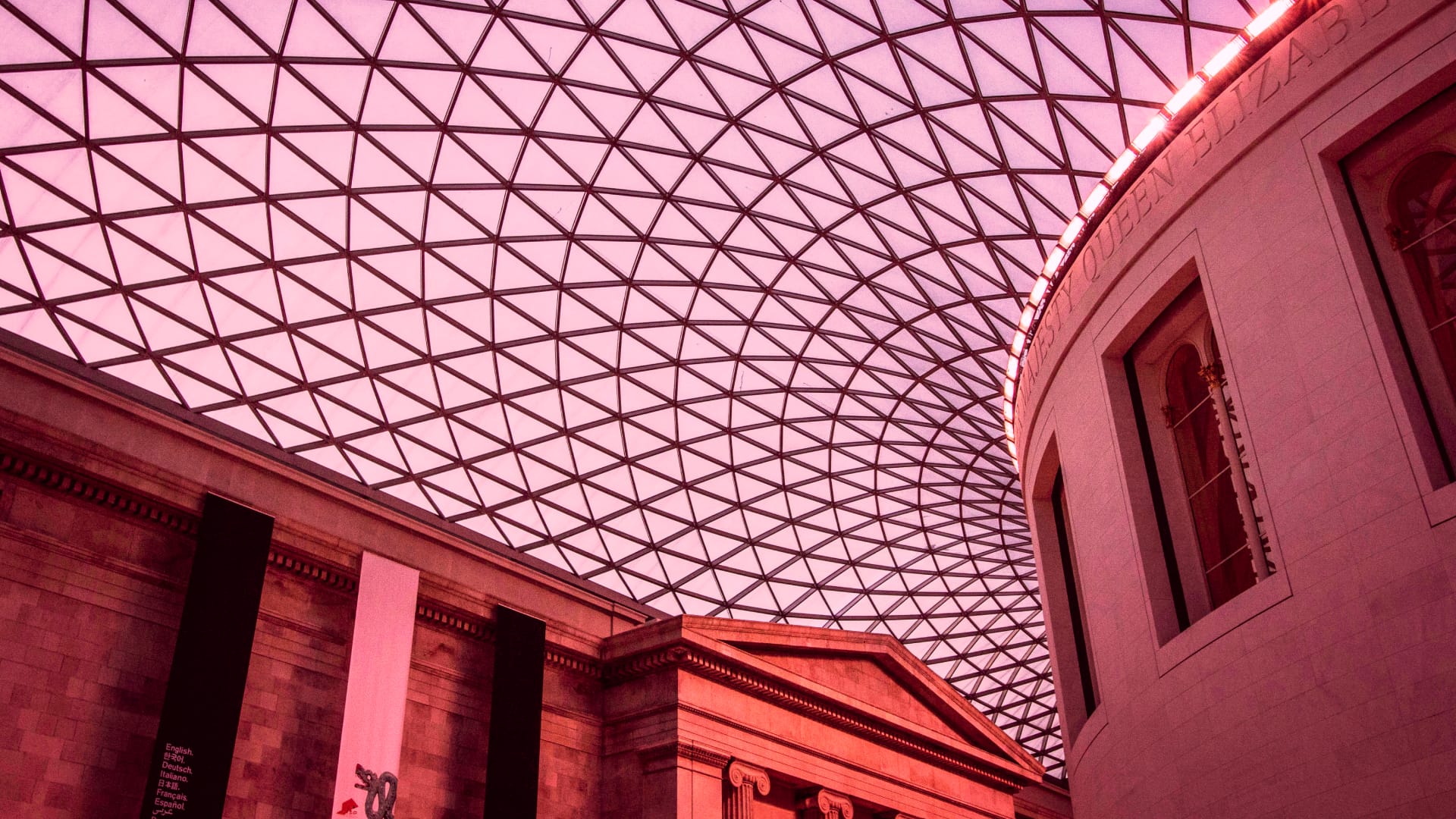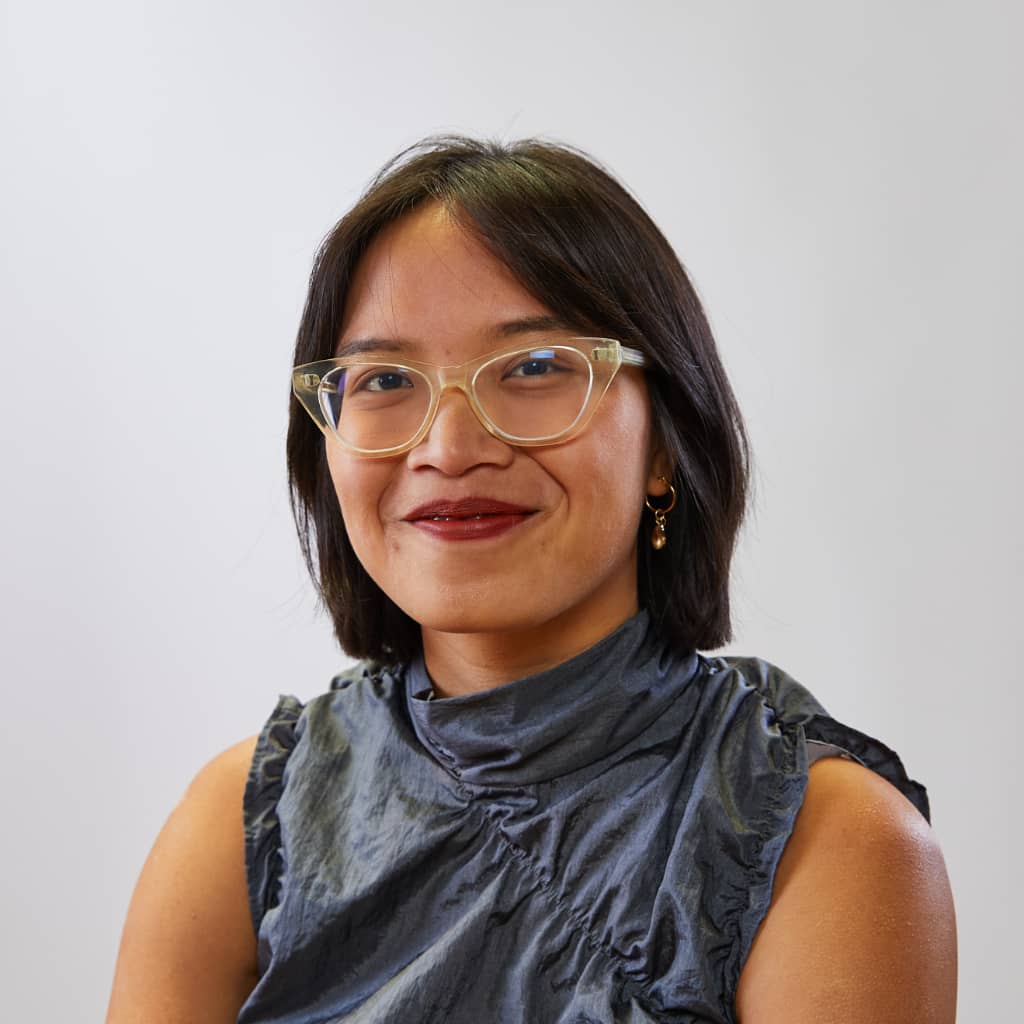
This article first appeared in Little Black Book written by, Diandra Elmira, Designer from our London studio.
For many kids, school theatre is a fleeting extracurricular – a way to make friends, try on costumes, and maybe land a speaking role or two. For Diandra Elmira, it was the beginning of a lifelong fascination with storytelling and experience. “Every year from first to ninth grade, we had yearly staged productions, and I tried everything from acting and directing to designing posters,” she remembers. “I think that’s really where I fell in love with storytelling and creating experiences.”
Now an experiential designer at Imagination, Diandra’s career traces an unconventional but entirely fitting arc. Born and raised in Indonesia, she grew up restless, curious, and often centre stage – until she realised she couldn’t quite sing, dance, or act. Instead, she followed what she once thought of as a ‘safe arts path’: graphic design. But for Diandra, design was never about the flatness of the page. It was about building worlds. “I tell myself brand experience design is just theatre for brands – and the whole entire world is an open-air stage,” she says.
That instinct to blend the performative with the practical has defined her path. After interning at JWT Jakarta at just 18, she went on to study graphic communications at university in London, where her programme leaned more experimental than technical. “I even hand-made a talking plant pot as one of my projects,” she laughs. But it was there she realised her passion lay in making things that existed physically, in real space, rather than simply in two dimensions.
Her first brush with professional projects revealed the same truth: a print ad for a bank felt flat and lifeless, while visuals for a Jakarta musical made her feel electric. “That contrast told me a lot about the kind of work I wanted to pursue,” she says. It’s no surprise then that her career highlights include projects like Major League Baseball’s ‘The Cage’ and Steve Madden’s ‘Beyond Borders’ – works that blur the line between the digital and the physical, that feel impossible until you see them come alive.
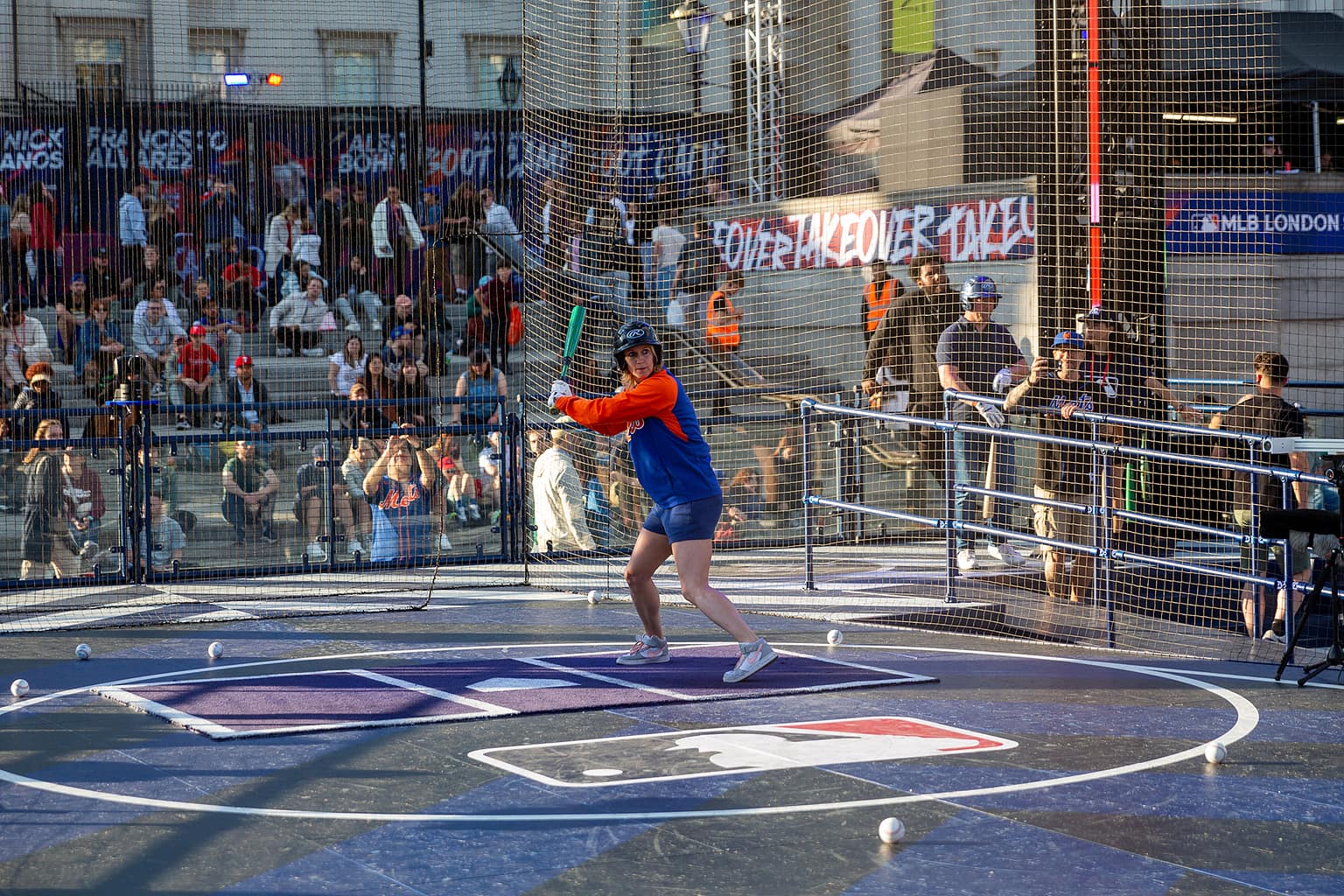
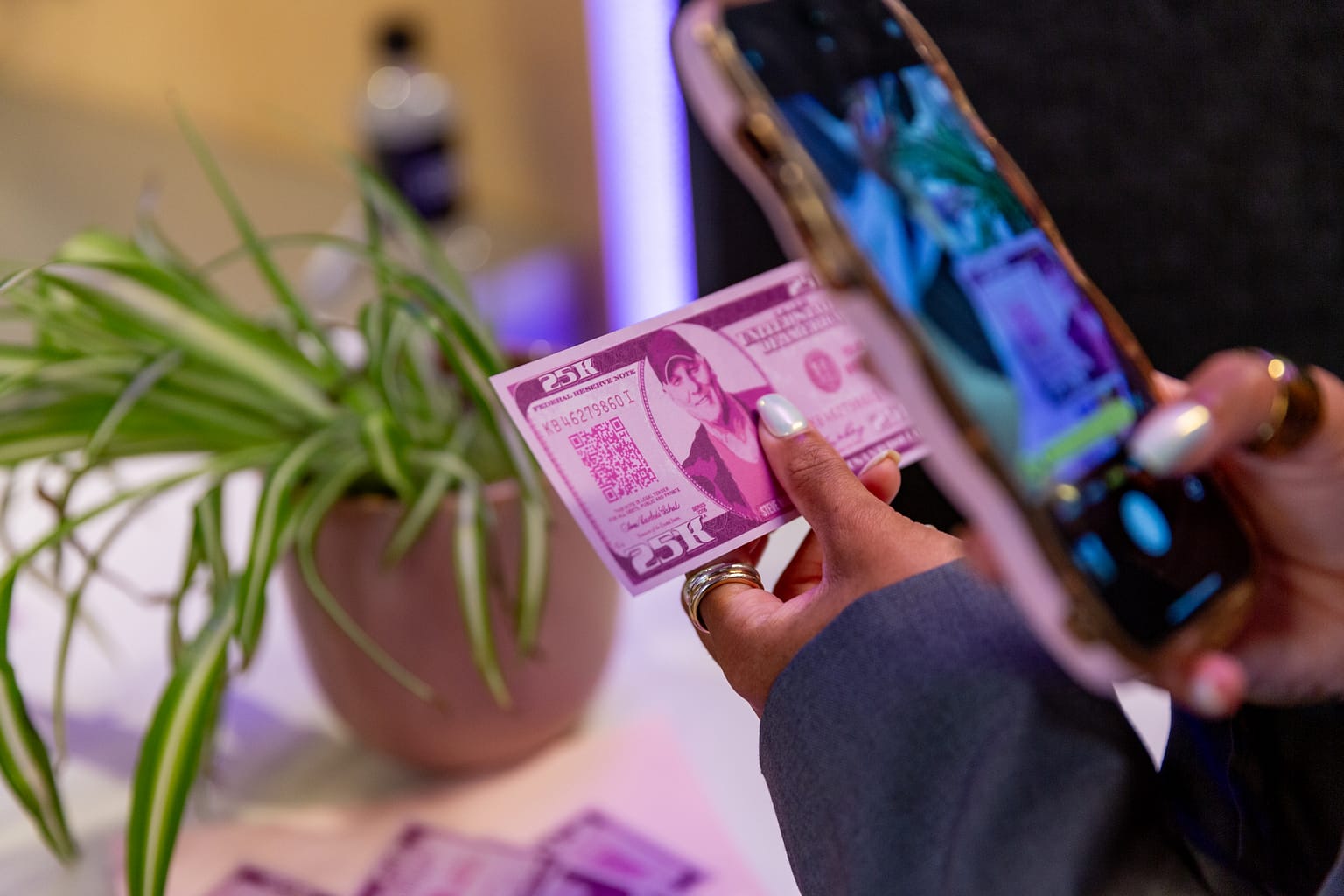


The road there wasn’t without frustration. Early on, Diandra would wrestle with execution – knowing what she wanted to create but stumbling in the process. Her breakthrough was understanding that good craft takes time, experimentation, and failure. “The best projects I’ve worked on have always been the ones where I had even just a little extra time to play and experiment, rather than rushing straight to the final product,” she says.
Today, what excites her most is innovation: the possibility of weaving new technologies into real-world experiences in ways that feel surprising, alive, and memorable. But she’s equally clear-eyed about the challenges. One frustration is the pressure to make everything ‘Instagrammable.’ “Whilst I do understand that a lot of experiential work is for online content, a lot of the times, a lot of weight is put into making something trendy and creating spots for photos, when the reality is that people will share things organically when it feels authentic.”
Her passions beyond work help feed that authenticity. A keen cyclist, climber, and runner, she thrives outdoors and believes in pushing herself physically as much as creatively. She’s also channelling her love for women’s sport into a side project: a magazine about women’s long-distance cycling. “I have a lot of passions which I view as side-quests in my life,” she says. “But having so many passions is rewarding because it really feeds into the creative process and feeling constantly inspired.”
At work, she’s committed to accessibility and diversity. Through BIMA and the Institute of Imagination, she helps open doors for young people from all backgrounds, and she recently helped design a free D&AD course introducing emerging designers to experiential design. “I’m particularly passionate about accessible arts education,” she explains. “I know how much it meant to find my own creative outlets when I didn’t have formal access growing up.”
Looking ahead, Diandra’s ambitions loop back to her roots. “On another note, I’d also love to create theatre – that is my ultimate goal in life, to create something to be displayed on stage.” For now, though, she’s staging experiences for some of the world’s biggest brands, bringing the energy of theatre, the precision of design, and the thrill of technology to audiences who might not even know they’re sitting front row.
